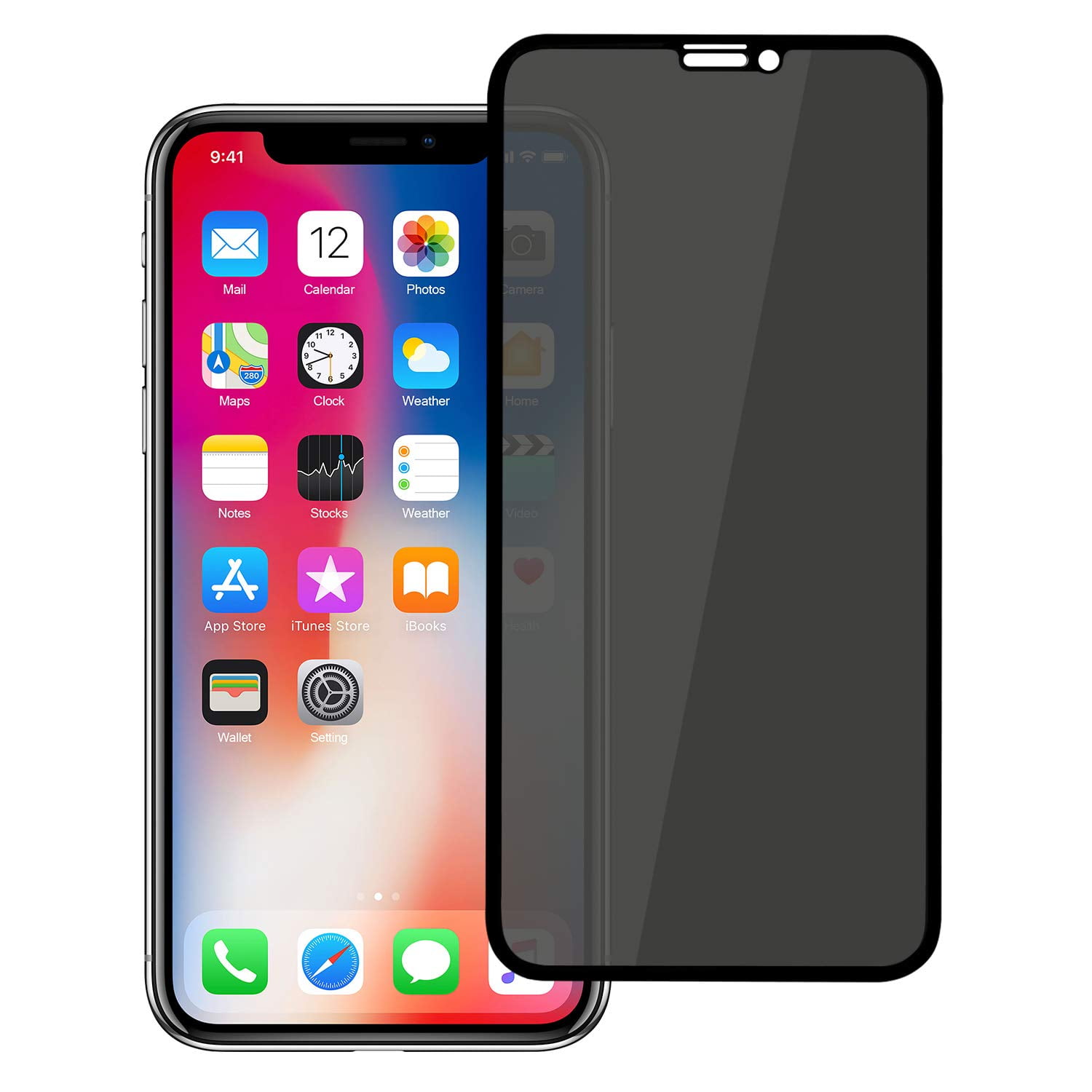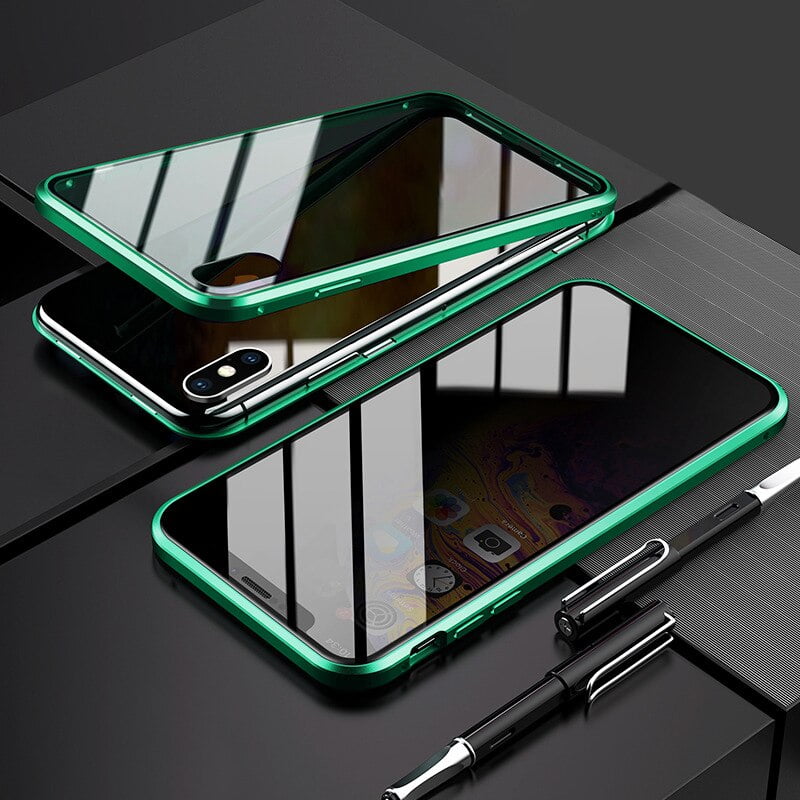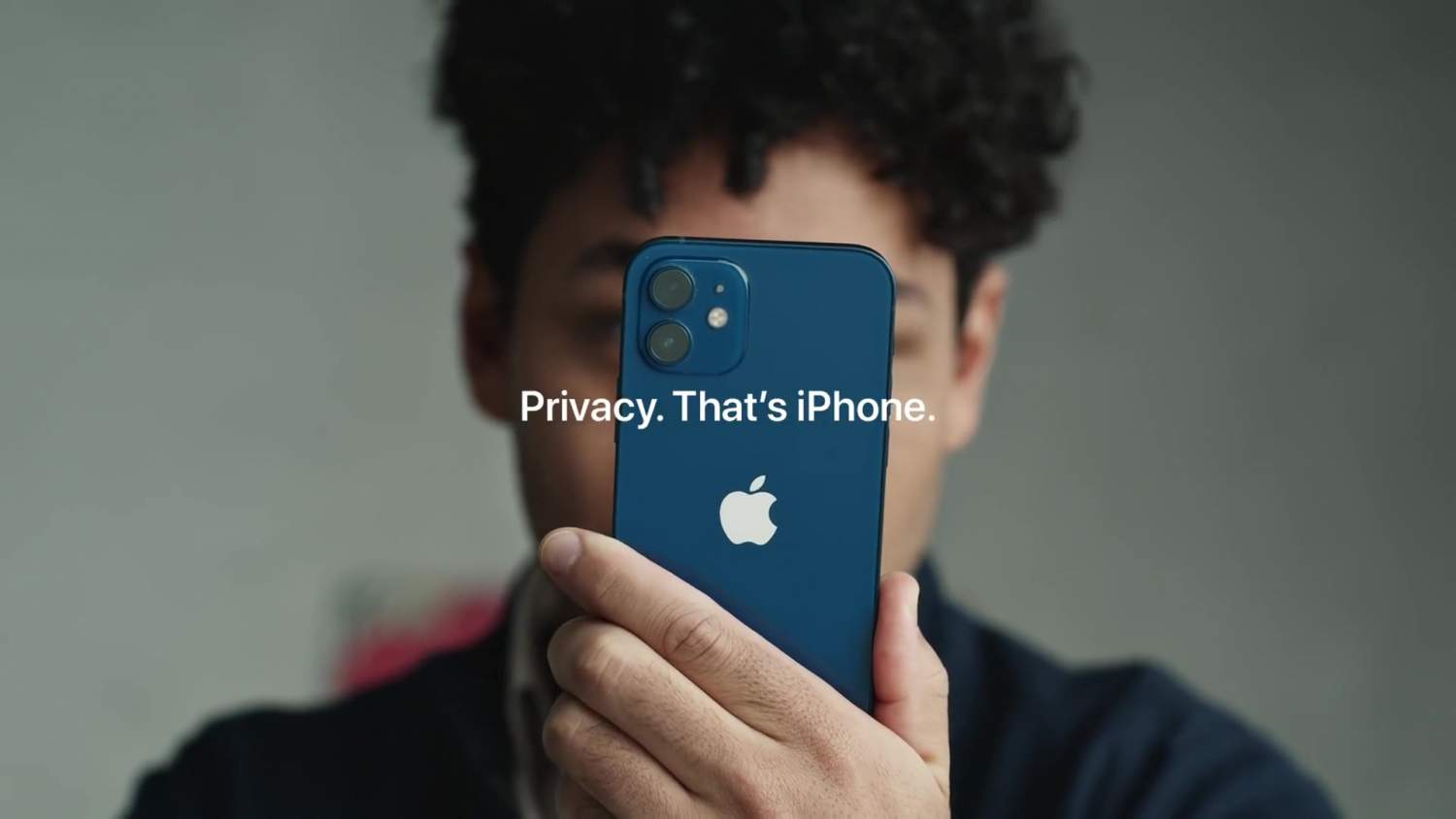

- IPHONE PHOTO PRIVACY HOW TO
- IPHONE PHOTO PRIVACY DOWNLOAD
Select an image in your library to use from the photo picker that appears.Īnd that’s it! MaskerAid automatically applies emoji to any of the faces that are detected in the image. Tap the Create an image button at the bottom of the page. 
Open the app once it’s finished installing.
IPHONE PHOTO PRIVACY DOWNLOAD
Download MaskerAid from the App Store on your iPhone or iPad. This takes all of the frustrations out of trying to hide faces manually from images. Instead of needing to manually apply the emojis to the faces in your pictures, MaskerAid can automatically detect and place the emoji itself. Thanks to the additional Machine Learning features introduced with UIKit in iOS 15 and iPadOS 15, Casey was able to offer something truly unique. The other faces in a particularly great shot of you but was taken as part of a groupīut how do you actually use the app? Using MaskerAid. The faces of protestors who are standing up against a grotesque war. The faces of the children in your classroom, or your own classmates, who really don’t need to be in your images. The face of a child who is too young to consent to their image being shared. In the announcement post, Casey provides a few reasons as to why you would want to use an app like MaskerAid: This is a new app that recently hit the App Store and has already generated a 4.9-star rating in its short time of availability. Whether it’s because you don’t want to show the face of a loved one, or whatever the reason is, the only real way to hide faces in pictures is to use Apple’s editing tools in the Photos app.īut that’s where MaskerAid from Casey Liss comes in. While many of us are perfectly content with sharing photos of loved ones across the different social media networks, some aren’t as comfortable with it. There’s one more area where Apple could have provided a bit more privacy, and this is around your photos. IPHONE PHOTO PRIVACY HOW TO
How To Hide Faces in Pictures on iPhone and iPad
How To Hide Faces in Pictures on iPhone and iPad. “It would be hard for them to announce they’re dropping these plans altogether, but ‘hitting pause’ is still a huge deal. “I’m stunned, frankly,” says Pfefferkorn. That Apple is holding off on its plans at all, though, is a major concession from a company not typically inclined to give them. They need to abandon this plan entirely.” “It's encouraging that the backlash has forced Apple to delay this reckless and dangerous surveillance plan, but the reality is that there is no safe way to do what they are proposing. “Apple's plan to conduct on-device scanning of photos and messages is the most dangerous proposal from any tech company in modern history,” says Evan Greer, deputy director of digital rights nonprofit Fight for the Future. Others remain steadfast that the company should make its pause permanent. And Stamos says the NeuralHash issues reinforce the importance of incorporating the research community more fully from the start, especially for an untested technology. Green and Pfefferkorn both suggest that the company could limit its scanning to shared iCloud albums rather than involving its customers’ devices. It’s unclear at this point what specific changes Apple could make to satisfy its critics. But privacy advocates and security researchers are cautiously optimistic about the pause. “Based on feedback from customers, advocacy groups, researchers and others, we have decided to take additional time over the coming months to collect input and make improvements before releasing these critically important child safety features.”Īpple didn’t give any more guidance on what form those improvements might take, or how that input process might work. 
“Last month we announced plans for features intended to help protect children from predators who use communication tools to recruit and exploit them, and limit the spread of Child Sexual Abuse Material,” the company said in statement Friday.

After weeks of sustained outcry, Apple is standing down. The backlash from cryptographers to privacy advocates to Edward Snowden himself was near-instantaneous, largely tied to Apple's decision not only to scan iCloud photos for CSAM, but to also check for matches on your iPhone or iPad. In August, Apple detailed several new features intended to stop the dissemination of child sexual abuse materials.








 0 kommentar(er)
0 kommentar(er)
